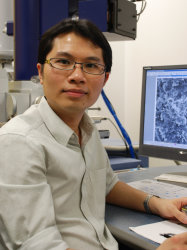BibTex format
@article{Ferdous:2020:10.1016/j.conbuildmat.2019.117229,
author = {Ferdous, W and Manalo, A and Wong, H and Abousnina, R and AlAjarmeh, O and Schubel, P},
doi = {10.1016/j.conbuildmat.2019.117229},
journal = {Construction and Building Materials},
title = {Optimal design for epoxy polymer concrete based on mechanical properties and durability aspects},
url = {http://dx.doi.org/10.1016/j.conbuildmat.2019.117229},
volume = {232},
year = {2020}
}

